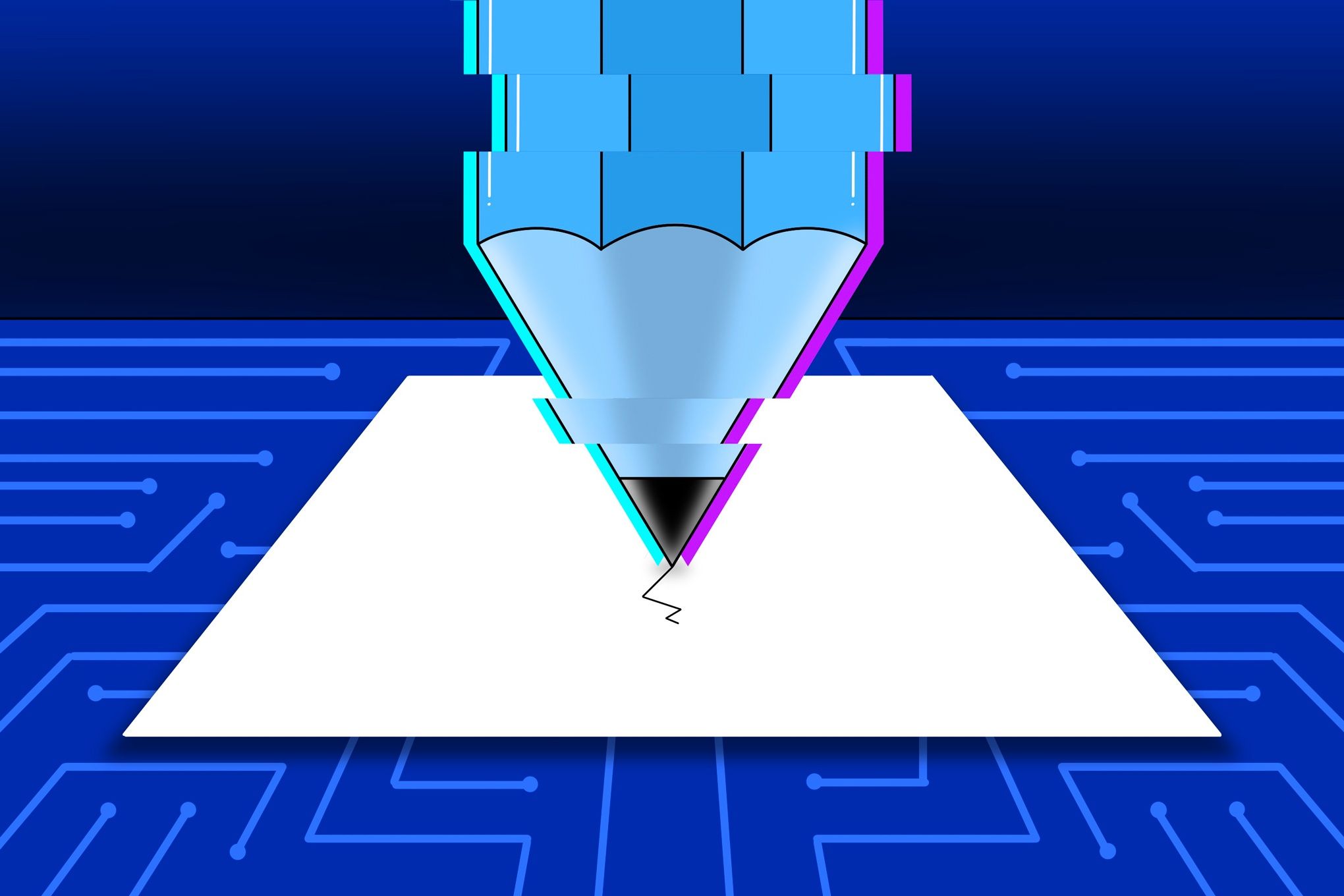Business Insider just crossed a major line in media AI adoption. The publication's internal memo authorizes journalists to use AI for first drafts without reader disclosure - making it one of the first major outlets to formally embrace such extensive AI assistance. The move signals a seismic shift in journalism ethics and transparency standards.
The memo that landed on Business Insider journalists' desks Thursday morning represents a watershed moment for AI in newsrooms. Editor-in-chief Jamie Heller's internal guidelines don't just permit AI usage - they actively encourage it, treating artificial intelligence "like any other tool" for research, image editing, and crucially, writing first drafts.
The policy's most striking element isn't what it allows, but what it doesn't require. According to Status newsletter's exclusive reporting, Business Insider won't notify readers when AI assists with article creation. The FAQ section is remarkably direct: "Yes, but you must make sure your final work is yours," it states when asked about using AI for first drafts.
This represents a dramatic departure from industry norms. While most publications either ban AI writing assistance entirely or require explicit disclosure, Business Insider is betting on a different approach - one that prioritizes workflow efficiency over transparency.
The timing couldn't be more ironic. Just months ago, Business Insider faced significant embarrassment when it published completely fabricated stories from a supposed freelancer who turned out to be entirely AI-generated. The scandal highlighted exactly the risks that transparency advocates warn about.
Yet rather than retreating from AI, Business Insider has doubled down. The company appointed Julia Hood as its AI newsroom lead and rolled out AI-powered search tools that have reportedly boosted reader engagement. Parent company Axel Springer has gone even further, inking licensing deals with OpenAI and Microsoft that position it as an AI-friendly publisher.
The policy creates an interesting gray area. While fully AI-generated content will carry disclaimers, AI-assisted drafts won't - even though the distinction may be meaningless to readers who assume human authorship. Journalists remain responsible for everything published under their bylines, but the invisible AI assistance fundamentally changes the writing process.












